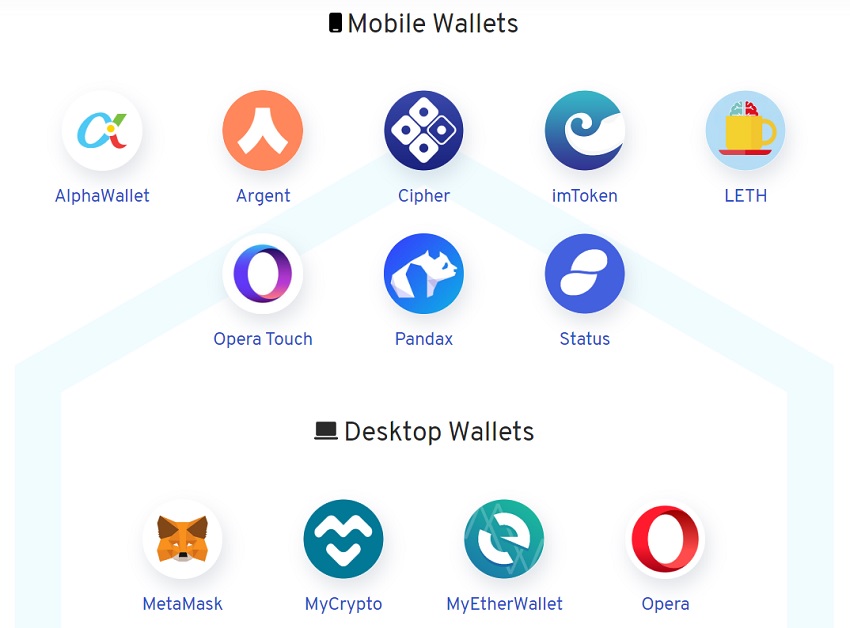 |
Chris Bell | 'All I ask for is the chance to prove that money can't make me happy.' |
| - Spike Milligan |
 |
Chris Bell | 'All I ask for is the chance to prove that money can't make me happy.' |
| - Spike Milligan |
ENS offers a secure & decentralised way to address resources both on and off the blockchain using simple, human-readable names. ENS is built on smart contracts on the Ethereum blockchain, meaning it doesn't suffer from the insecurity of the DNS system. You can be confident names you enter work the way their owner intended.

ENS is the Ethereum Name Service, a distributed, open, and extensible naming system based on the Ethereum blockchain.
ENS’s job is to map human-readable names like ‘alice.eth’ to machine-readable identifiers such as Ethereum addresses, content hashes, and metadata. ENS also supports ‘reverse resolution’, making it possible to associate metadata such as canonical names or interface descriptions with Ethereum addresses.
ENS has similar goals to DNS, the Internet’s Domain Name Service, but has significantly different architecture, due to the capabilities and constraints provided by the Ethereum blockchain. Like DNS, ENS operates on a system of dot-separated hierarchical names called domains, with the owner of a domain having full control over subdomains.
Top-level domains, like ‘.eth’ and ‘.test’ are owned by smart contracts called registrars, which specify rules governing the allocation of their subdomains. Anyone may, by following the rules imposed by these registrar contracts, obtain ownership of a domain for their own use.
Because of the hierarchal nature of ENS, anyone who owns a domain at any level may configure subdomains - for themselves or others - as desired. For instance, if Alice owns 'alice.eth', she can create 'pay.alice.eth' and configure it as she wishes.
ENS is deployed on the Ethereum main network, and on several test networks. If you use a library such as the ethereum-ens Javascript library, or an end-user application, it will automatically detect the network you are interacting with and use the ENS deployment on that network.
You can try ENS out for yourself now by using the ENS manager, or by using any of the many ENS Enabled applications on our homepage.

Hashes are used for two main reasons. First, to prevent trivial enumeration of the entire set of domains, which helps preserve the privacy of names (for instance, so you can register the domain for your startup before you publicly launch). Second, because hashes provide a fixed length identifier that can easily be passed around between contracts with fixed overhead and no issues around passing around variable-length strings.
Which wallets and DApps support ENS so far?A partial list can be seen on our homepage.
Once I own a name, can I create my own subdomains?Yes! You can create whatever subdomains you wish, and assign ownership of them to other people if you desire. You can even set up your own registrar for your domain!
Can I change the address my name points to after I’ve bought it?Yes, you can update the addresses and other resources pointed to by your name at any time.
Can I register a TLD of my own in the ENS?No. We consider ENS to be part of the 'global namespace' inhabited by DNS, and so we do our best not to pollute that namespace. ENS-specific TLDs are restricted to only .eth (on mainnet), or .eth and .test (on Ropsten), plus any special purpose TLDs such as those required to permit reverse lookups.
In addition to that, we are deploying support for importing DNS domains from the majority of DNS top-level domains using an integration that relies on DNSSEC. For details on those plans, please read this post.
Who owns the ENS rootnode? What powers does that grant them?The root node is presently owned by a multisig contract, with keys held by trustworthy individuals in the Ethereum community. We expect that this will be very hands-off, with the root ownership only used to effect administrative changes, such as the introduction of a new TLD, or to recover from an emergency such as a critical vulnerability in a TLD registrar.
In the long term, the plan is to define a governance process for operations on the root node, and transfer ownership to a contract that enforces this process.